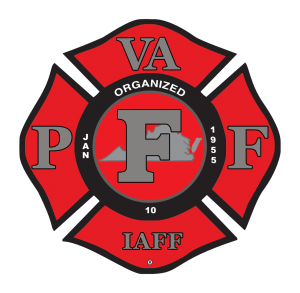The 2024 VPFF Legislative Conference will be held in Richmond on January 17-19, 2024.
This is a great opportunity to learn of our legislative priorities for the General Assembly Session, and meet and educate your elected representatives. We will also hold our Executive Board and Board of Directors Meetings.
Please register on the conference page under the members section.
